Best Lilac's For Northern Ohio Gardener's
Dear Friends:
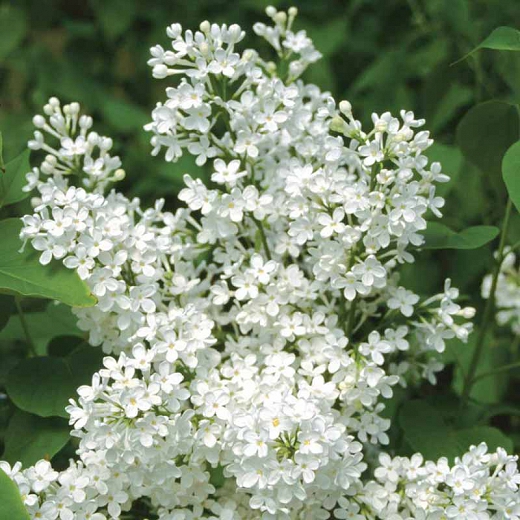
The botanical names which start with syringa vulgaris are French lilacs. These lilacs can reach
12-15' tall by 8-10' wide. The more sun you can give them, the more flowers you will get. Minimum requirements for sun would be 4 good hours. Less sun will start a battle with powdery mildew and negate many flowers from forming.
Colors range from white, pink, blues and deep purples. Some of my favorites are as follow:
Betsy Ross - Pure White
Primrose - Pale Butter Yellow
President Grevy- Dbl Lilac Blue Flowers
Miss Canada Pink - Late Blooming Pink
Charles Joly - Magenta Red Buds Open to Dark Purple
Monge - Deep Purple (I feel is the deepest purple)
Ed Gardner - Double Pink Fragrant Flowers
Sensation - Deep Purple Flowers with a White edge (picotee effect)
Primrose - Pale Yellow like Butter
Hundreds of more varieties are available and I have only listed a few. For those that enjoy lilacs but need smaller sizes, Korean varieties exist.
Miss Kim lilacs grow to 6' tall slowly and stay compact and have great fragrance. For a wine red bud form which opens to a deep pink with a spicy fragrance, consider 'Tinkerbelle' which will grow 6' tall by 5' wide. Dwarf Korean lilacs are even smaller. They can grow to 4' tall and 4' wide. These are great for a hedge or individually planted. Both these forms are available in a tree form as well. A four foot under stock has been grown and these varieties grafted on to that under stock. A lollipop effect is then attained. These tree forms are great as focal points in the landscape.
Another new form of lilac now available is Bloomerang. Bloomerang is a re-blooming form of lilac which offers a huge display of flowers in spring and then on and off during the summer every six weeks or so. They are available in dark purple, purple and pink forms. Growth is 4-5' tall and wide and tree forms are available. They do have fragrance as well. They are a great addition to the landscape.
Another lilac named 'Josee' is also a reblooming form with highly fragrant lavender pink flowers. Its size is roughly 5' tall by 5' wide.
Some problems with lilacs have been occurring over the past few years thanks to mother nature's high humidity and wet extended rainy periods. Here are some things to look out for:
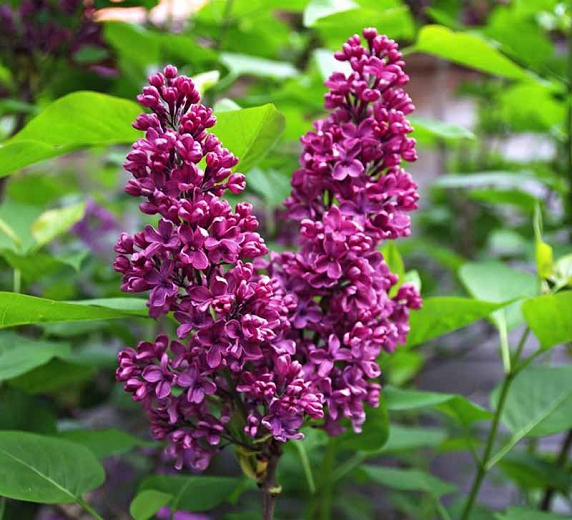
Bacterial blight causes new growth and branch dieback, distorted leaves and spotty leaves. Spots can turn brown with yellow margins and die. Blossoms can fold over and turn brown quickly. Pruning away this diseased area is a great idea. You can also thin out the interior of the plant to allow more air movement. A copper spray will help control this disease. Try to catch it early when it first starts for best results.
Powdery Mildew- this is a common problem with lilacs. Leaves appear like they have been dusted with baby powder. Horticultural oil can help resolve this problem if caught early. Sulfur and copper will work as well.
Leaf Spots are another fungal problem. Tan spots appear on your leaves. This is again caused by high humidity and wet weather.
If you experience any of the above symptoms, you may want to consider spraying your plant with a copper spray in fall after leaves drop. I would encourage you to rake up all the leaves and dispose of them in the trash or burn them. Lots of disease are carried over to the next year from fallen leaves from the previous fall.
To keep lilacs healthy, plant in a well-drained area of the yard. Lilacs DO NOT like to be in a wet area for any length or period of time. I recommend you fertilize with plant-tone fertilizer in spring and fall. A healthy well fed plant helps to eliminate insects and disease from occurring. If you wish to prune your lilacs, enjoy the blossoms and then prune when they decline. The mainstay of any plant is to procreate. All the power of the plant goes into the flowers and then to seed. If you remove spent flowers, then the plant will focus its energies back into the plant itself.
For those of you who have lilacs that may be overgrown, it's time to rejuvenate them. Grab a small pruning saw or loppers and eliminate one third of the largest branches at the base of the plant with the goal of opening up the middle of the plant so sunlight can reach the interior. By doing so, new growth will occur and with a 3-year plan, you can reduce the size and rejuvenate your old plant. When in doubt cut it out, you'll be happy you did
J.R. Pandy, "The No B.S.Gardener"
Pandy's Premier Garden Center
440-324-4314
www.pandysgardencenter.com


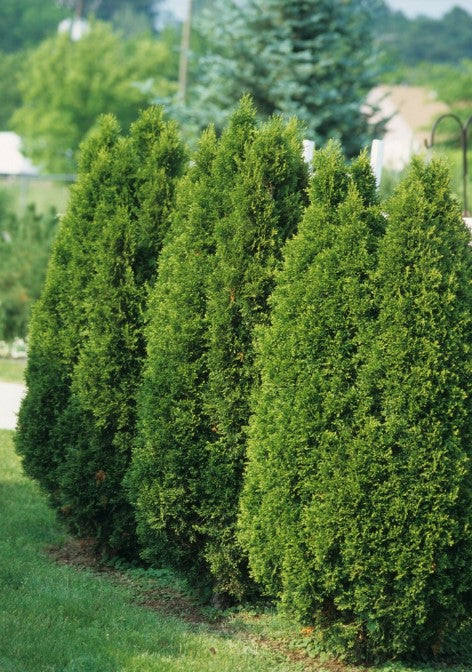


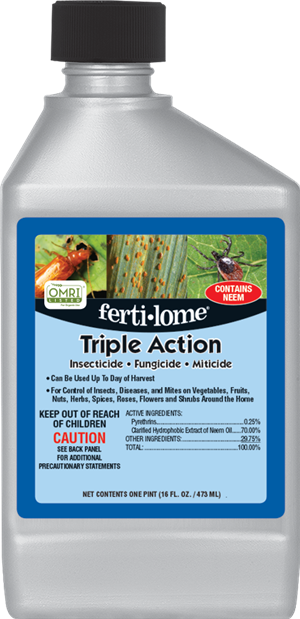
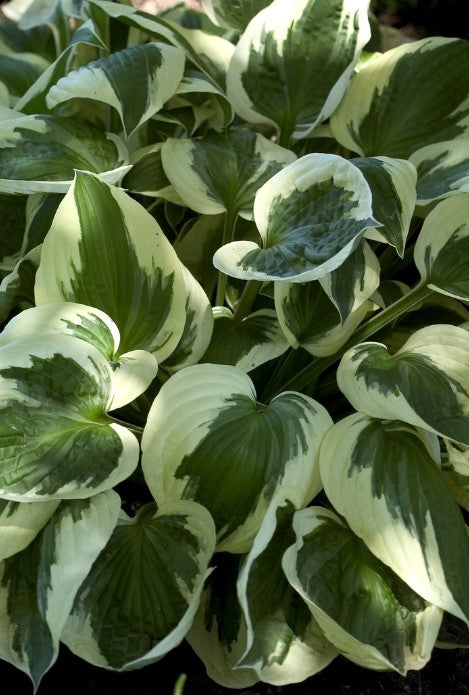



Leave a comment